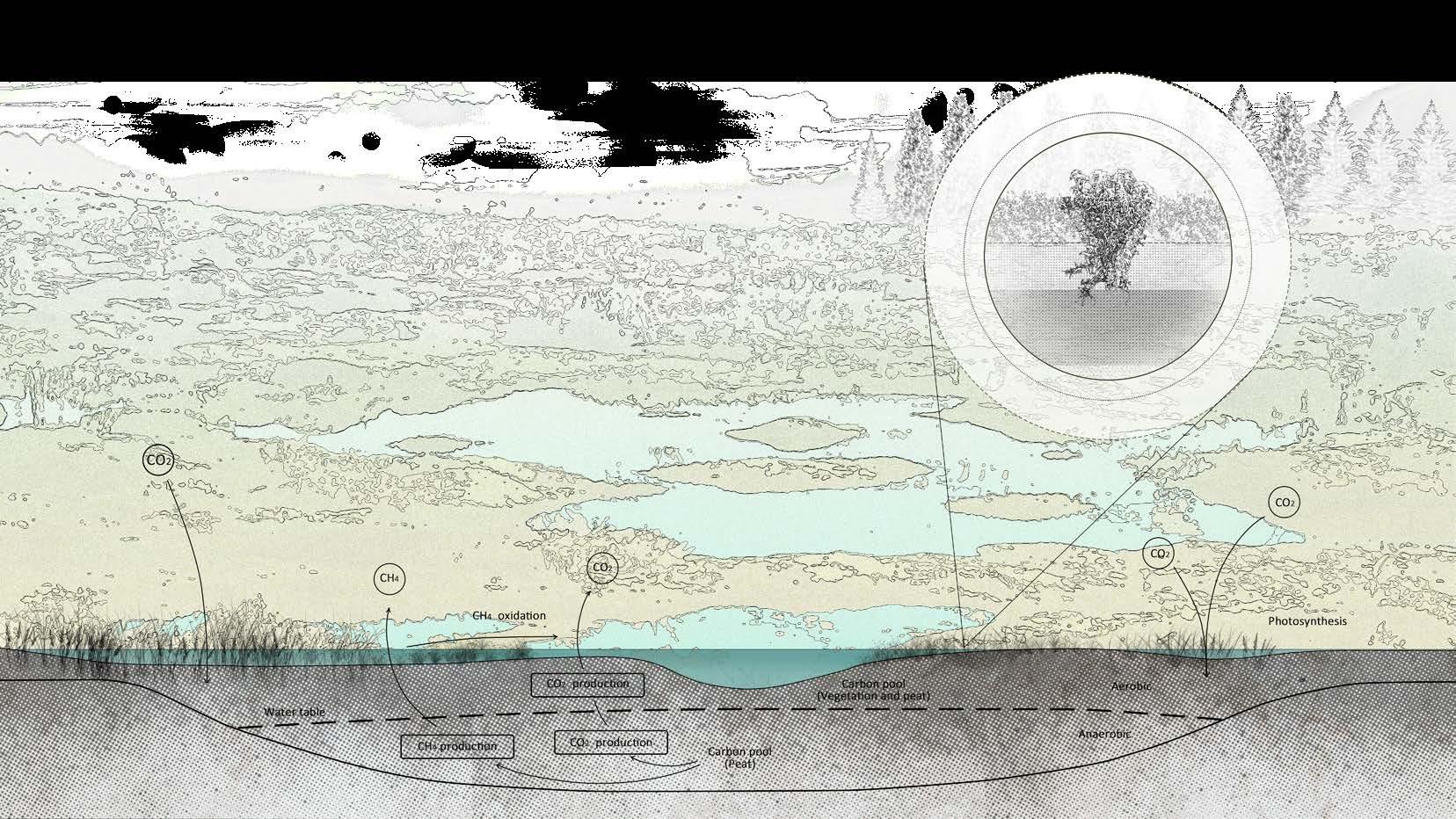
2 minute read
DYNAMIC
The Anthropocene is not simply a new geologic epoch; it is an opportunity to embrace a new ontology.
A mechanical perspective of reality is challenged by new materialism. The Newtonian Cartesian paradigm displays a belief in the knowability, predictability, and controllability of the universe and its operation. New materialists, on the other hand, contend that matter is not inert nor mechanical, but rather dynamic and connected.[8]
Advertisement
We are alyways lost in this globe, and dont know how to handle it. So there’s a very clear sense in which we need to have another imagination or anouther mythological imagination, and also scientific, to try to capture something. We have to consider environmental science when solving problems in the landscape. Biology and ecology are fields that are increasingly embracing the concept of dynamic complex systems. Complex systems theory emphasises the interactions between subjects within a system. Instead of a linear concept of cause and effect, it describes the relationships between elements that are always interacting and adapting to each other, thus describing a world that is always moving and changing, rather than static and unchanging.
Different from architects or engineers, landscape architects pay more attantion to ecological system and land. Architecture and engineering treat soil/land as surface to be manipulated, while landscape architects should take into account the changes in the land that exist in the landscape, viewing soil as a design content, tool, or goal.
In my project, peatlands are wetland ecosystems in which waterlogged conditions prevent plant material from fully decomposing.Large amounts of carbon, fixed from the atmosphere into plant tissues through photosynthesis, are locked away in peat soils, representing a valuable global carbon store.
Research studies show that it takes 5 to 20 years after stripping for harvested peatland to return to an ecologically balanced system. Peat itself forms a layer of an inch every 15 to 25 years.
Planting on peatlands can lead to an initial loss of carbon, the export of nutrients and some sediment depletion. And the agricultural drainage can lead the water table become low, which damages the peatland. Blocking drainage is necessary if the peatlands need to be restored. Grazing will make the peatland be trampled and compacted, which can also lead to soil carbon losses. Grazing cessation induced the regenerative succession that could lead to self-recovery, which, in optimal conditions, could be an alternative to active restoration in Azores.
In the previous stage, I work on identification of ecological networks for land-use planning with spatial conservation prioritization, evaluation the history and potential of different island industries, as well as peatland formation and restoration. Based on the previous analysis, I found that the peatland on Terceira Island is threatened due to agricultural activities and grazing. I hope to realize the regeneration succession of degraded peatland to prevent the deterioration of the ecological environment on the island and the carbon emissions caused by the degradation of peatland.
Regenerative succession reverses the state of degraded peatlands and returns them to nature through changes in landscape type and function as well as changes in human activities in the landscape.






